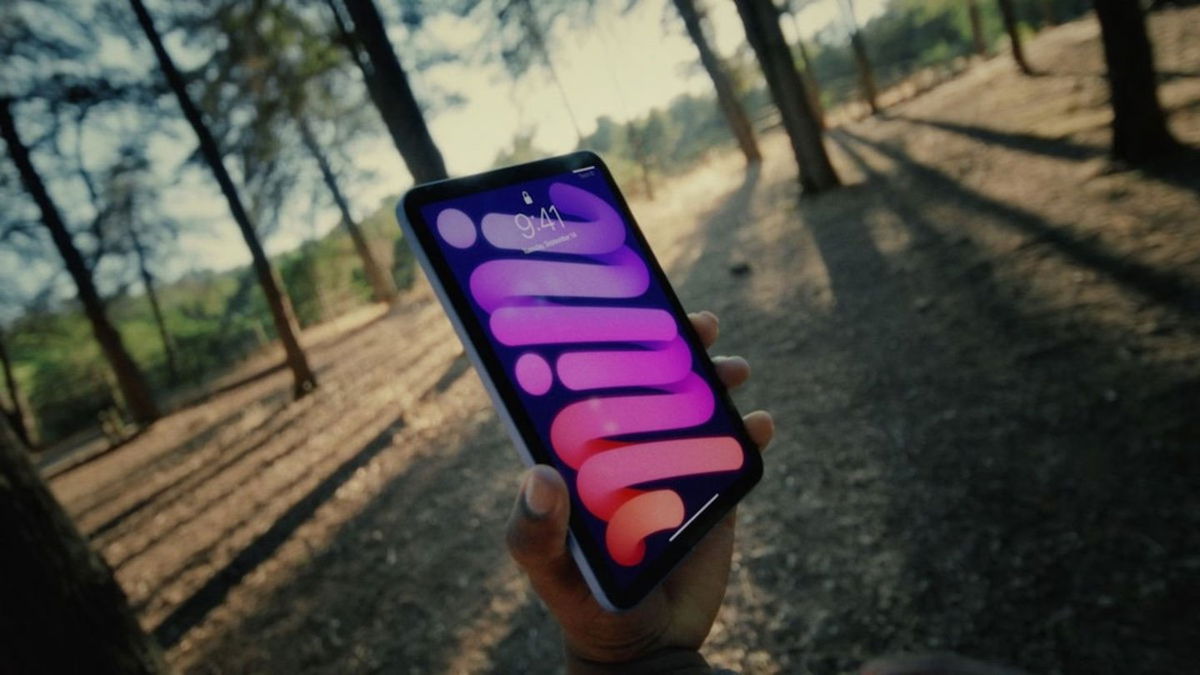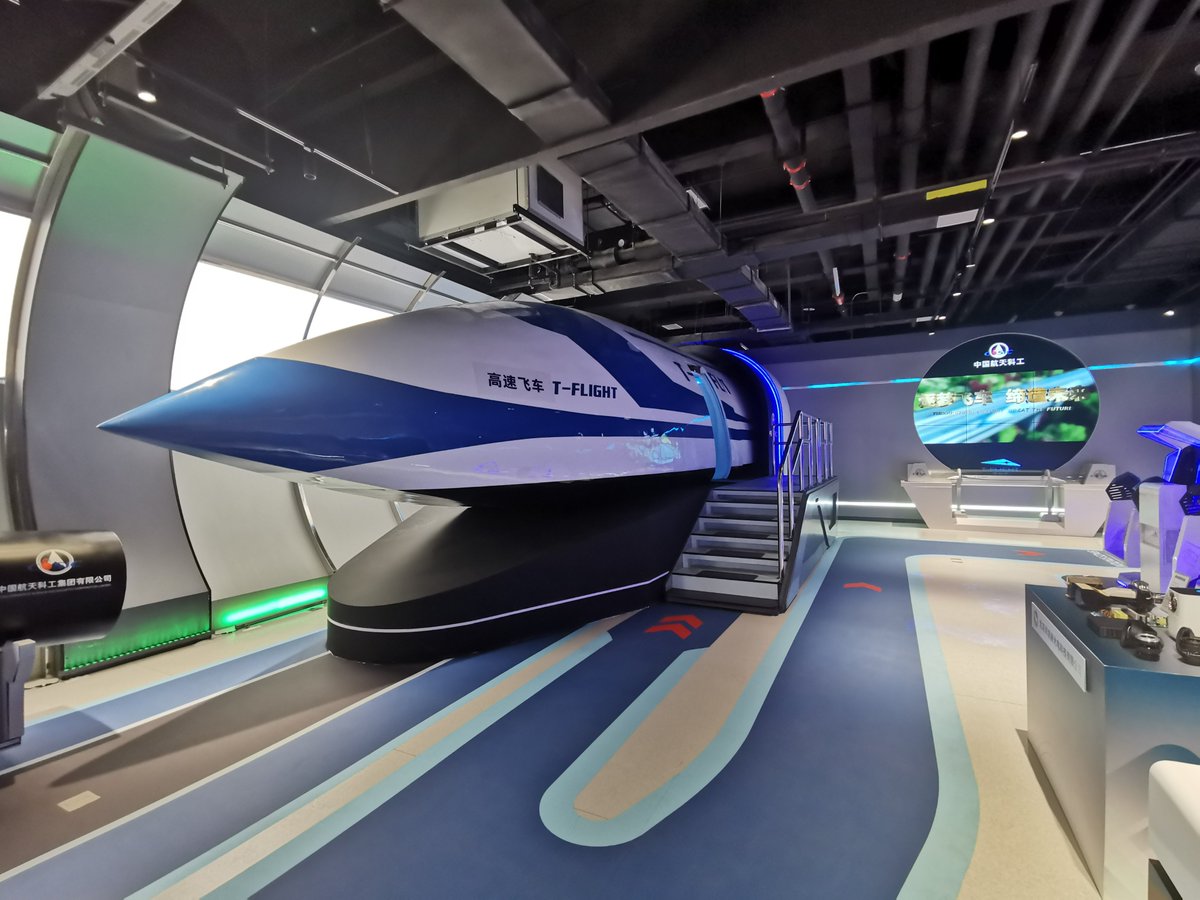China Aerospace Science and Industry Corporation (CASIC) has created the T-Flight train, which accelerates to 623 km/h, a speed that engineers want to double.
It is currently the fastest train ever built on the planet.
The main goal of engineers is to create a train that can overtake an airplane, so that ground transport is as fast as air transport. And they can do it.
Short description
What is Hyperloop
Maximum Hyperloop speed
Why hasn’t anyone created a Hyperloop yet?
T-Flight is the Hyperloop promised by Elon Musk
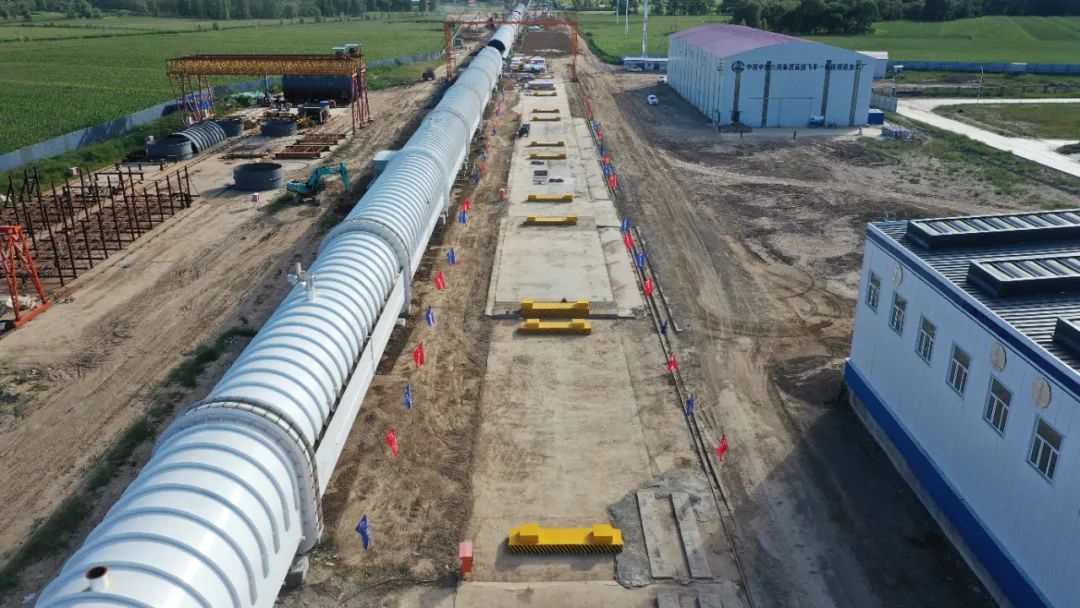
CASIC test tunnel
Hyperloop trains became popular relatively recently when Elon Musk first talked about them. He wanted to create his own Hyperloop connecting San Francisco and Los Angeles, but the project is now on hold. Partly due to the inclusion of technical and engineering solutions for its implementation.
CASIC is a state-owned military industrial company that produces the country’s lowest-end advanced military and space technology. And if Musk really abandoned the idea, then the Chinese intend to build a real Hyperloop.
What is the advantage of Hyperloop
A hyperloop or vacuum train is a train that moves on a magnetic levitation through a sealed tunnel from which the air has been pumped out.
In these tunnels there is no air resistance or contact between wheels and rails, which takes away some of the traffic volume, slows down movement and creates additional noise. The train speed in such tunnels must be at least 1000 km/h.
The biggest disadvantage concept is the very high cost. However, despite the fact that it is necessary to build several kilometers of sealed tunnels with compressed air, any abnormal entry of air will lead to an instantaneous accident and the death of passengers.
CASIC built the world’s largest Hyperloop test tunnel in the city of Shanxi. Its length is only 2 km, but it is already longer than what its competitors had previously shown.
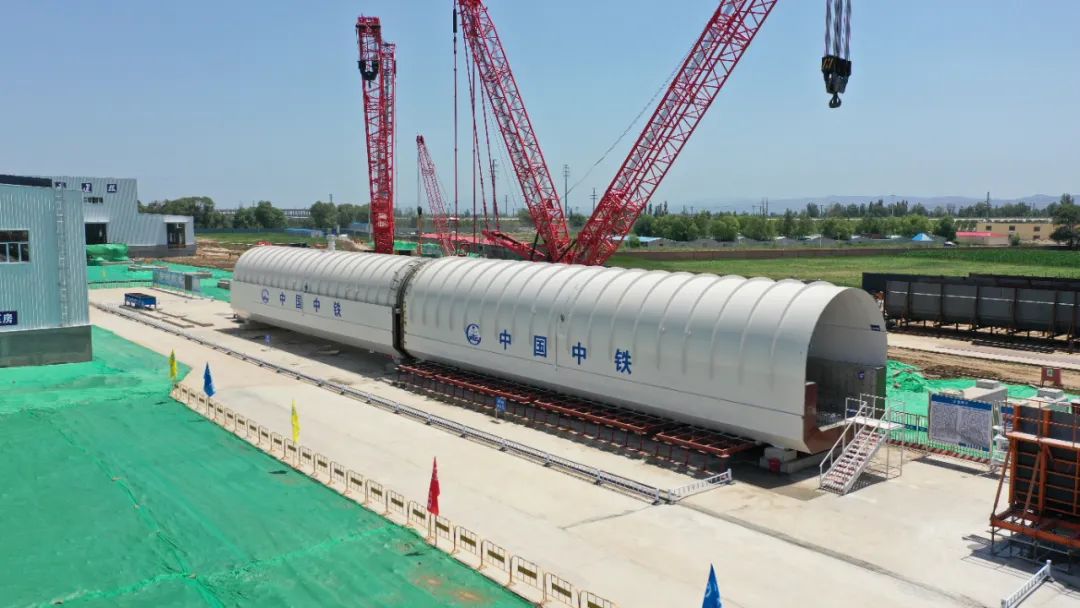
The pressure inside the tunnel ranges from 0.3 to 0.001 bar. For comparison, the pressure at sea level is about 1 bar.
For several months, engineers kept the train in the tunnel at low speed, gradually increasing the pace. As a result, the train reached a speed of more than 623 km/h, but the company did not disclose that figure.
◦ Back to contents ◬
CASIC wants to accelerate the train to 1000 km/h
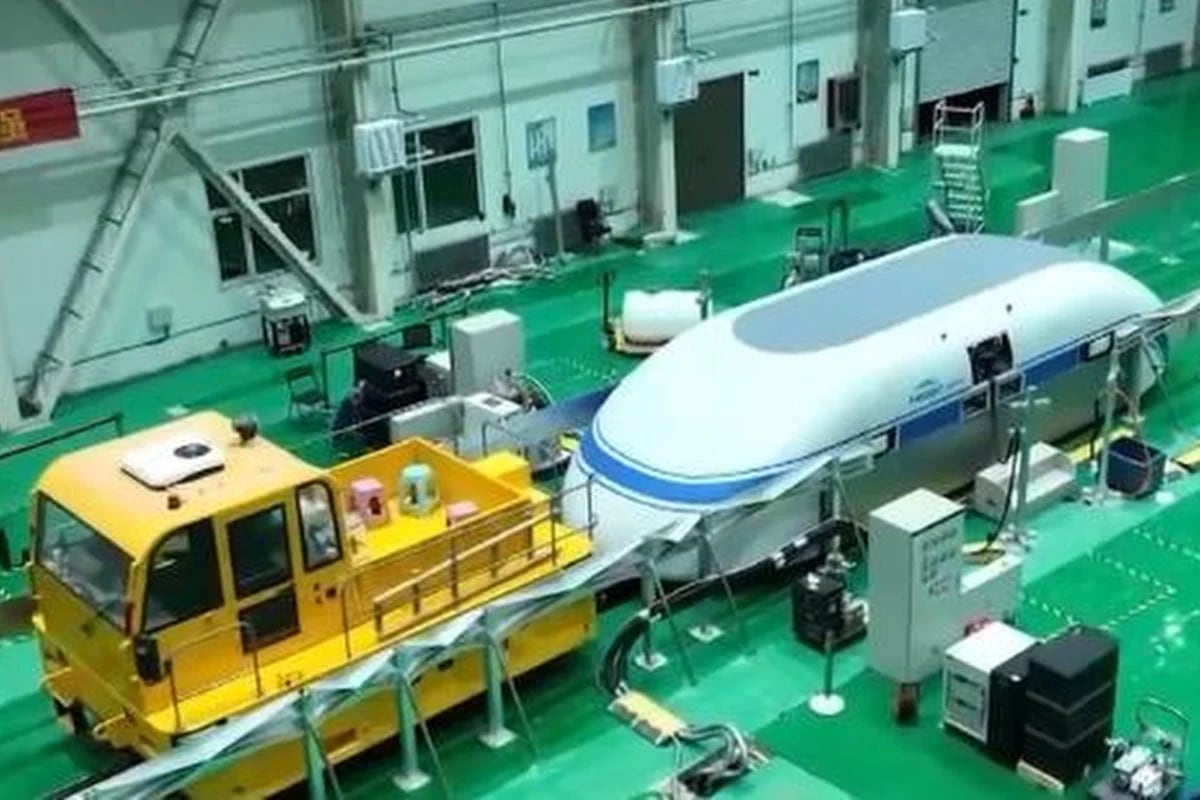
T-Flight test capsule
623 km/h is an impressive result, taking into account stable levitation, but for a Hyperloop it is not enough.
In the second stage, CASIC increases the test tunnel by 30 times, to 60 km. This will allow the train to be tested at a speed of 1000 km/h. Thus, this will be the first time that a train arrives faster than a plane.
In the future, the company wants to build a Hyperloop connecting Datong with Beijing. This is approximately 346 km. Traveling between cities by car takes more than four hours, but with T-Flight you can cover the same distance in less than 30 minutes.
In China, where the population is 1.4 billion, such expensive public transport can pay for itself.
◦ Back to contents ◬
Other companies developing Hyperloop are gradually closing down.
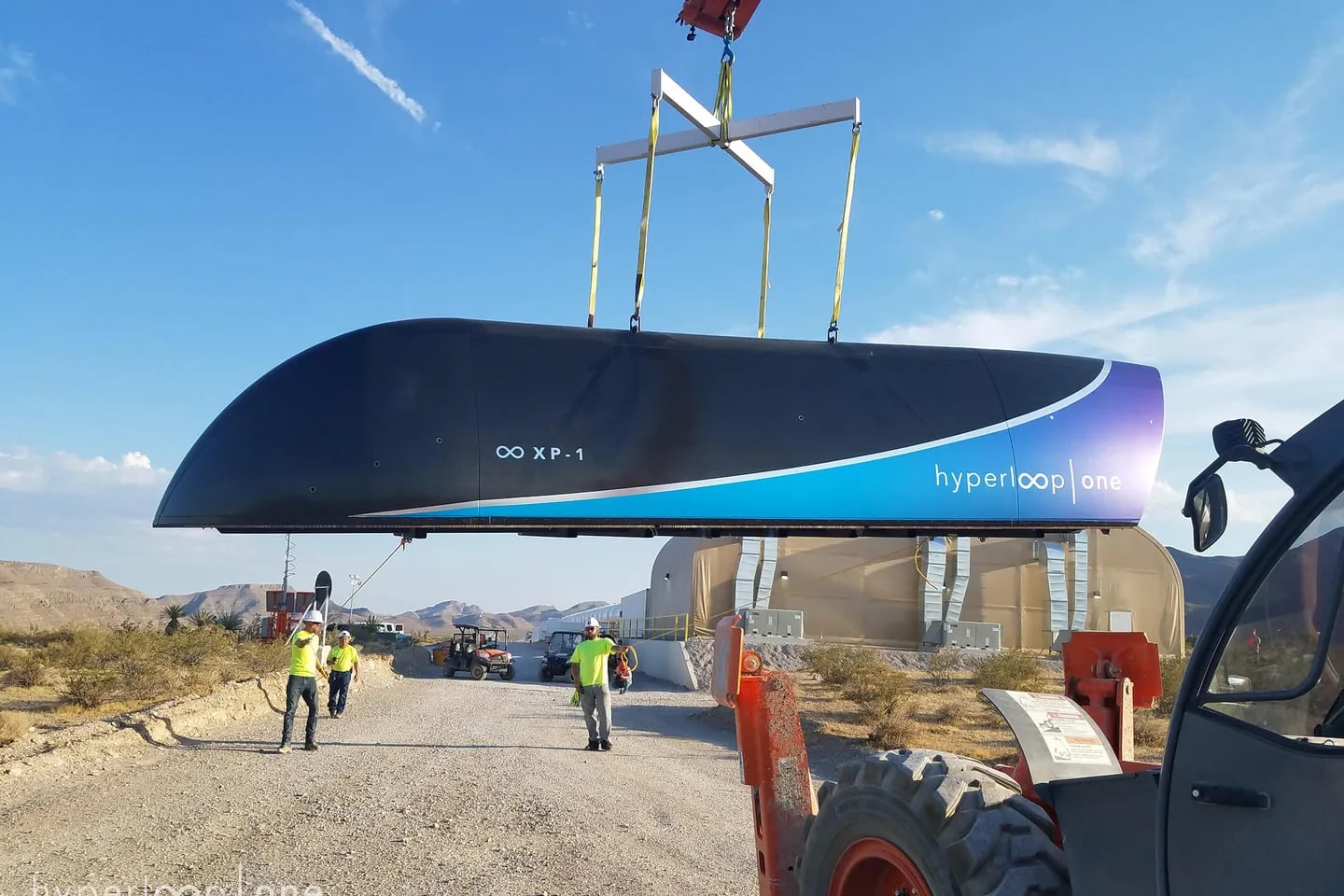
Over the past 10 years, there have been many companies that wanted to create their own Hyperloop. Most of them closed without even presenting a working prototype.
Late last year, Hyperloop One, the future-based company that built a working prototype of the tunnel, announced its closure. True, the capsule in it moved at a maximum speed of 172 km/h, which is much lower than even the speed of Sapsan.
Since its founding in 2014, the company has raised $450 million but has failed to achieve significant results.
Thus, CASIC is the basis of the currently known company that develops Hyperloop, has realistic plans, achievements and resources. [South China Morning Post]
◦ Back to contents ◬
Source: Iphones RU
I am a professional journalist and content creator with extensive experience writing for news websites. I currently work as an author at Gadget Onus, where I specialize in covering hot news topics. My written pieces have been published on some of the biggest media outlets around the world, including The Guardian and BBC News.



